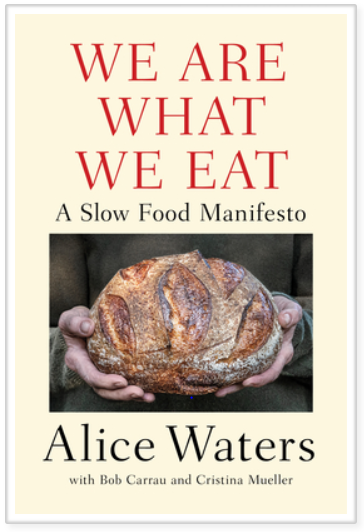Industry-funded study of the week: Coca-Cola
Abstract: Poor diet, sedentary behaviors, sugar-sweetened beverages (SSB) and alcohol intake seem to co-exist in complex ways that are not well understood. The aim of this study was to provide an understanding of the extent to which unhealthy behaviors cluster in eight Latin America countries. A secondary aim was to identify socio-demographic characteristics associated with these behaviors by country…. Among 9218 individuals, the most prevalent behaviors were transportation and occupation–sedentary time, SSB and alcohol intake.
Conclusions: EBRB, particularly excessive time spent on sedentary-activities and SSB intake, commonly co-occurred in a representative sample of LA adolescents and adults. While unhealthy behavior varied across LA countries, nearly half of sampled subjects in Argentina and Colombia presented at least two risk factor behaviors.
Recommendation: Public health policies and behavioral-change strategies should target SB domains (screen-time, occupational, and transportation), diet intake, and SSB and alcoholic intake in combination [my emphasis].
Funding: The ELANS data collection was originally supported by the scientific grant from the Coca-Cola Company (Atlanta, GA, USA) and by grants/supports from the ILSI Latin America branches (Argentina, Brazil, Sur-Andino, Nor-Andino, and Meso-America), Sabará Children’s Hospital, PENSI Institute, University of Costa Rica, Pontifical Catholic University from Chile, Pontifical Catholic University Javeriana, Colombia, Central University of Venezuela/Foundation Bengoa, University of San Francisco, Quito, and Nutritional Institute of Investigation, Peru. The funders had no role in study design, data collection, analysis, the decision to publish, or the preparation of this manuscript.
Conflicts of Interest: The authors declare no conflict of interest. The funders had no role in the design of the study; in the collection, analyses, or interpretation of data; in the writing of the manuscript, or in the decision to publish the results.
Comment: This is the first study I have seen funded by Coca-Cola since the scandal over its funding of the Global Energy Balance Network (see my last post on it) and its announcement that it would no longer pay more than half the cost of a study (see policy statement). This study is co-funded by ILSI (also industry) and universities (independent). Coca-Cola is still funding lots of studies. See here and here.
Why would Coca-Cola want to fund a study like this? The answer lies in the recommendation. My translation: Do not target sugar-sweetened beverages with tax or warning label policies alone. If you want to improve unhealthy behavior, you have to target all of those behaviors—screen time, jobs, transportation, dietary intake, and alcohol—at the same time.




